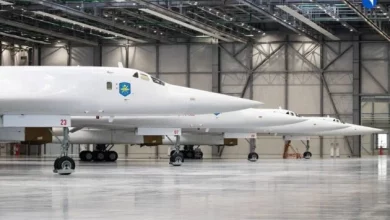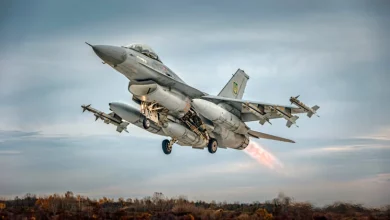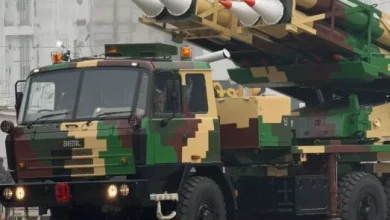‘Sweden’s steps not enough to address Türkiye’s concerns’

Foreign Minister Mevlüt Çavuşoğlu said that the new Swedish government has taken positive steps but they are insufficient to meet Türkiye’s concerns about the counterterrorism fight.
“We expect Sweden to stop activities involving terrorism financing, recruitment and propaganda,” the foreign minister told reporters following an international donor’s conference organized by the EU for earthquake reconstruction efforts in Türkiye and Syria.
Noting that Türkiye’s expectations are clear, Çavuşoğlu said the laws in Sweden prevented the country from taking concrete action against terrorist groups, mainly the PKK and its Syrian offshoot, the YPG.
Last week, President Recep Tayyip Erdoğan said Ankara decided to start the process of ratifying Finland’s NATO membership but is not ready to approve Sweden’s bid yet, saying Sweden has not responded positively to Ankara’s extradition requests for terrorists and has embraced them.
Finland and Sweden, which long adhered to military non-alignment policies, sought NATO membership as the Russia-Ukraine conflict escalated. Their applications were accepted at a June NATO summit, but that summit was only a statement of intent.
The bids still needed to be ratified by all 30 of the alliance members’ parliaments, a process that stalled once it reached Türkiye and Hungary.
A trilateral memorandum the sides inked in Madrid last June won Ankara the concrete promises it had demanded, especially in anti-terrorism laws, terrorist extraditions and the lifting of an arms embargo.
The deal envisages Finland and Sweden, as future NATO allies, to exhibit full solidarity and cooperation with Türkiye in the fight against terrorism in all its forms and manifestations, against all threats to its national security. But Türkiye suspended trilateral talks for the two countries’ applications in late January after Sweden authorized a far-right figure to burn a copy of the Quran under police protection in front of the Turkish Embassy in Stockholm and allowed PKK terrorist sympathizers to hold anti-Türkiye rallies.





